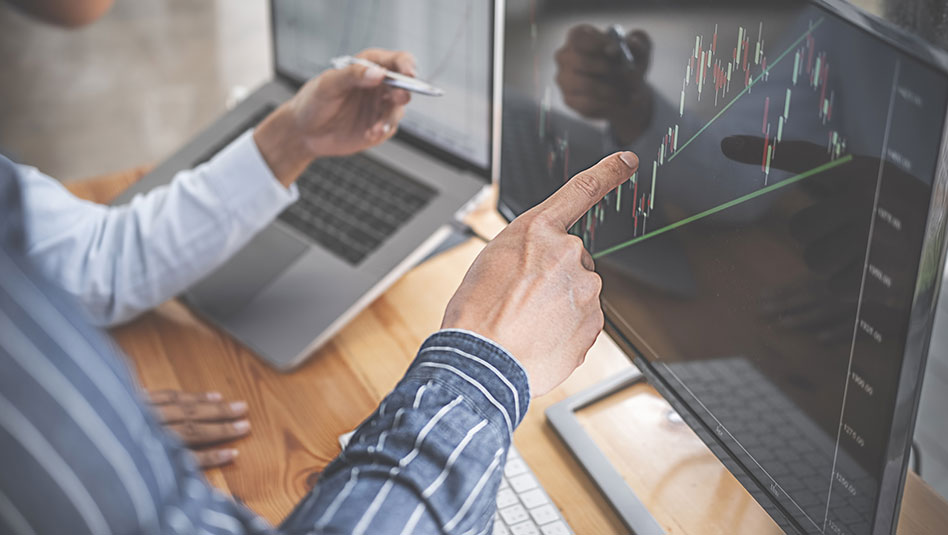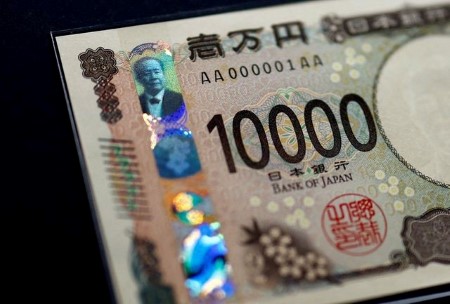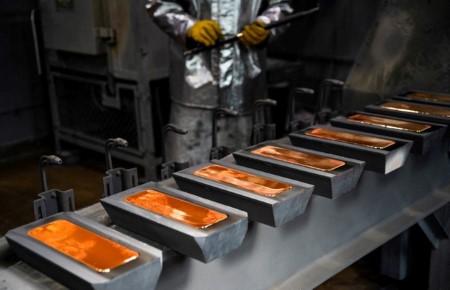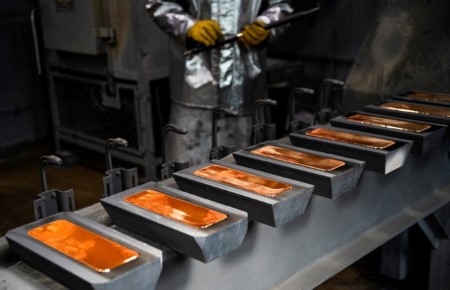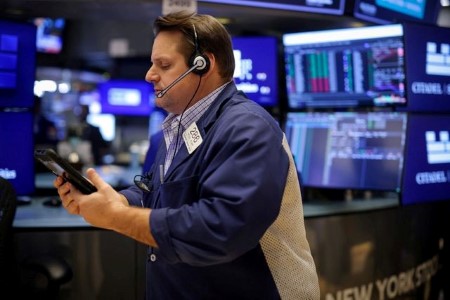NEW YORK – Global shares fell and US Treasury yields rose on Monday as investors took a breather following five straight sessions of gains and ahead of key economic data that could support bets on Federal Reserve interest rate cuts.
Equities on Wall Street finished lower, with utilities, healthcare, and industrial stocks leading losses. Energy stocks were the top gainers as Brent crude prices settled up more than 1%.
The Dow Jones Industrial Average fell 0.90%, the S&P 500 slipped 0.53%, and the Nasdaq Composite dropped 0.38%. All three indexes had finished higher in the prior five trading days.
European stocks slipped, with a drop in defense stocks helping fuel weakness. The pan-European STOXX 600 index fell 0.20%.
The MSCI World Equity Index was down 0.40% on the day following five consecutive sessions of gains.
“The bull argument, both technically and fundamentally, is as strong as it has been in some time, while the bears are reliant on AI and valuation skepticism,” said Nationwide Chief Market Strategist Mark Hackett.
US Treasury yields rose across the board. The yield on benchmark US 10-year notes rose 7.3 basis points to 4.092%. The 2-year note yield, which typically moves in step with Fed rate expectations, rose 4.3 basis points to 3.535%.
“The modest pullback today would not be unexpected, but it’s more of a pressure release valve following the rally than a sign of stress,” Hackett added.
Data on Monday showed US manufacturing contracted for the ninth straight month in November as the drag from import tariffs persisted. Other economic data including the closely watched Personal Consumption Expenditures Price Index are due later this week. The Fed will hold its next policy meeting on December 9 and 10.
Bank of Japan Governor Kazuo Ueda said the central bank will consider the “pros and cons” of raising rates at its next policy meeting, causing traders to sharply increase their rate-hike bets.
The Japanese yen strengthened 0.47% against the greenback to 155.45 per dollar. The euro was up 0.13% at USD 1.161.
The dollar index, which measures the greenback against a basket of currencies including the yen and the euro, fell 0.04% to 99.40.
Bitcoin was down 5.49% at USD 86,172.03, extending losses and putting bitcoin-buying companies under pressure. Gold hit its highest level in six weeks, driven by expectations of US rate cuts, and was last at USD 4,239.69, up 0.22%.
“The rate cut expectations have jumped up significantly in the past couple of weeks, although much of it is priced for next week,” said Wasif Latif, chief investment officer at Samarya Partners. “Today’s drop could be a combination of a deleveraging from crypto and risk assets tied to the facts that the rate cuts are priced and people are taking some profits.”
(Reporting by Chibuike Oguh in New York; Editing by Jan Harvey and Matthew Lewis)





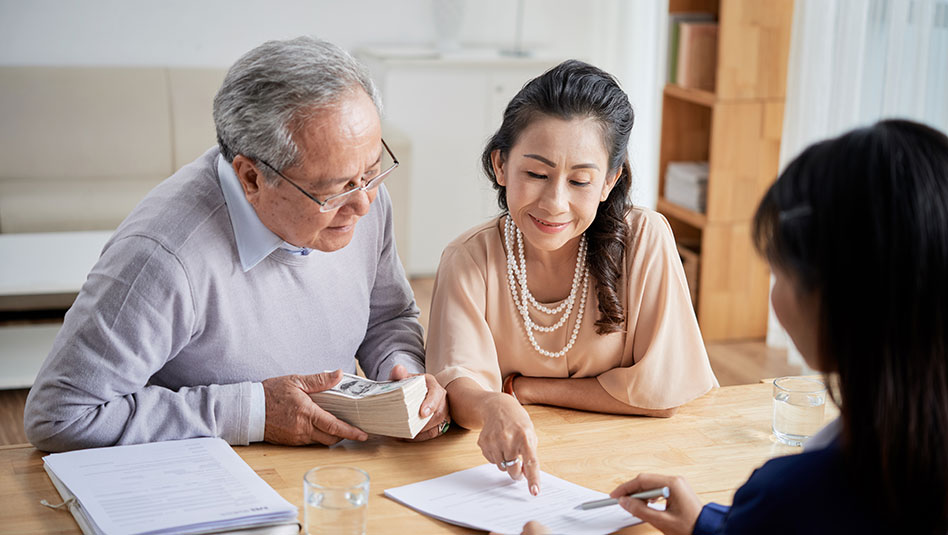
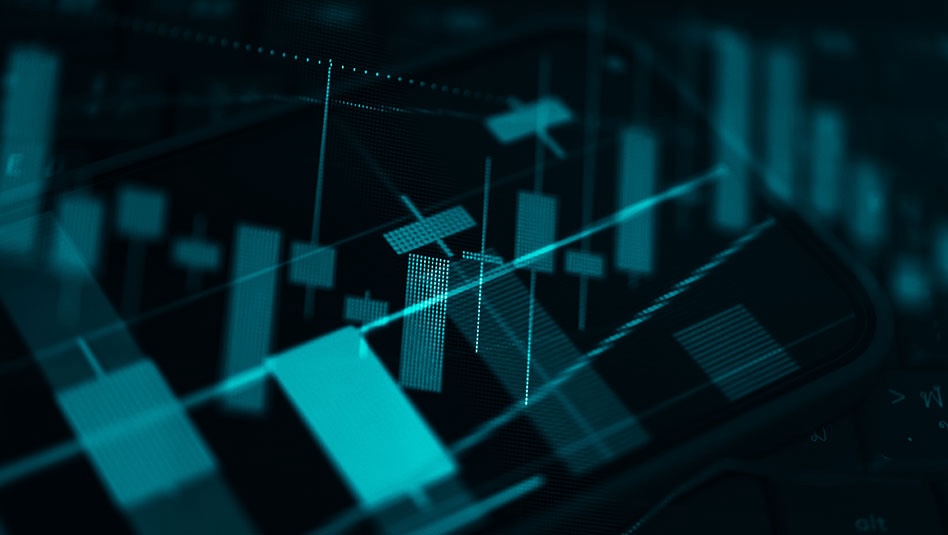
 DOWNLOAD
DOWNLOAD
